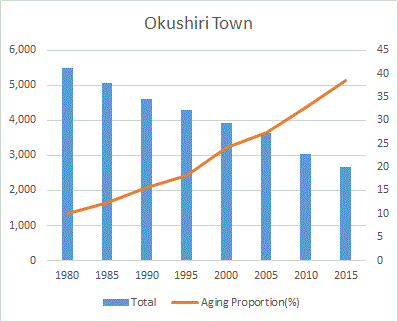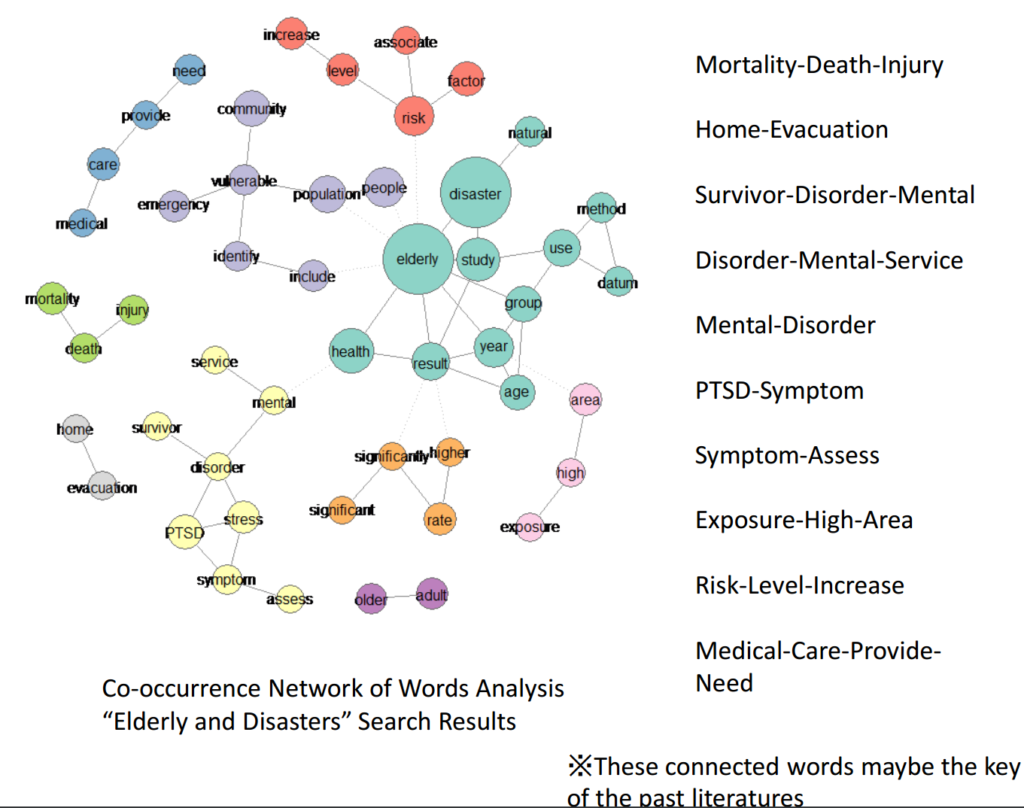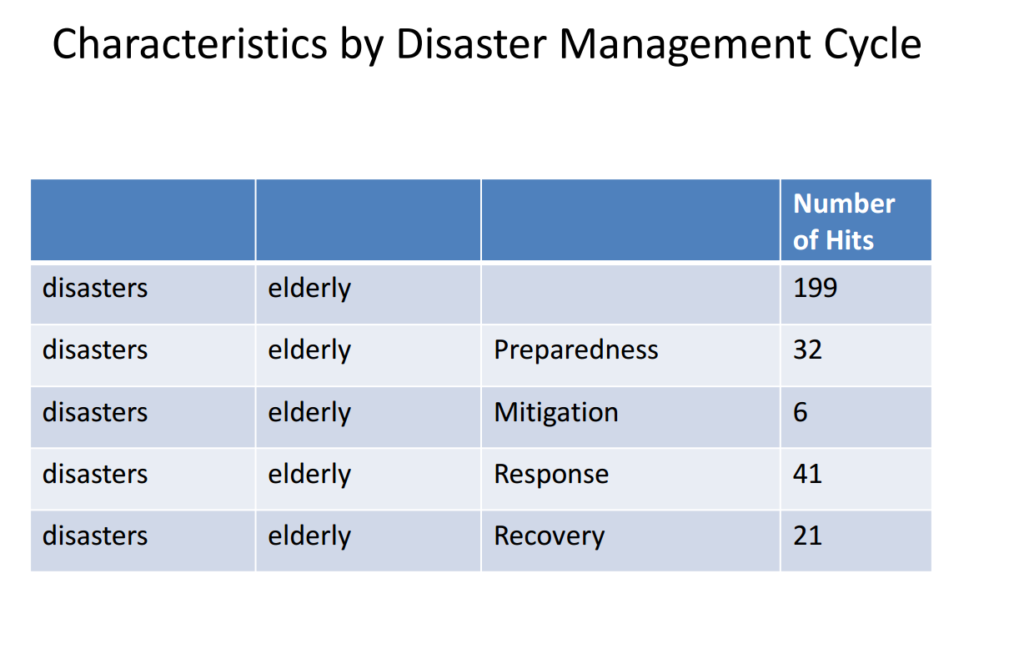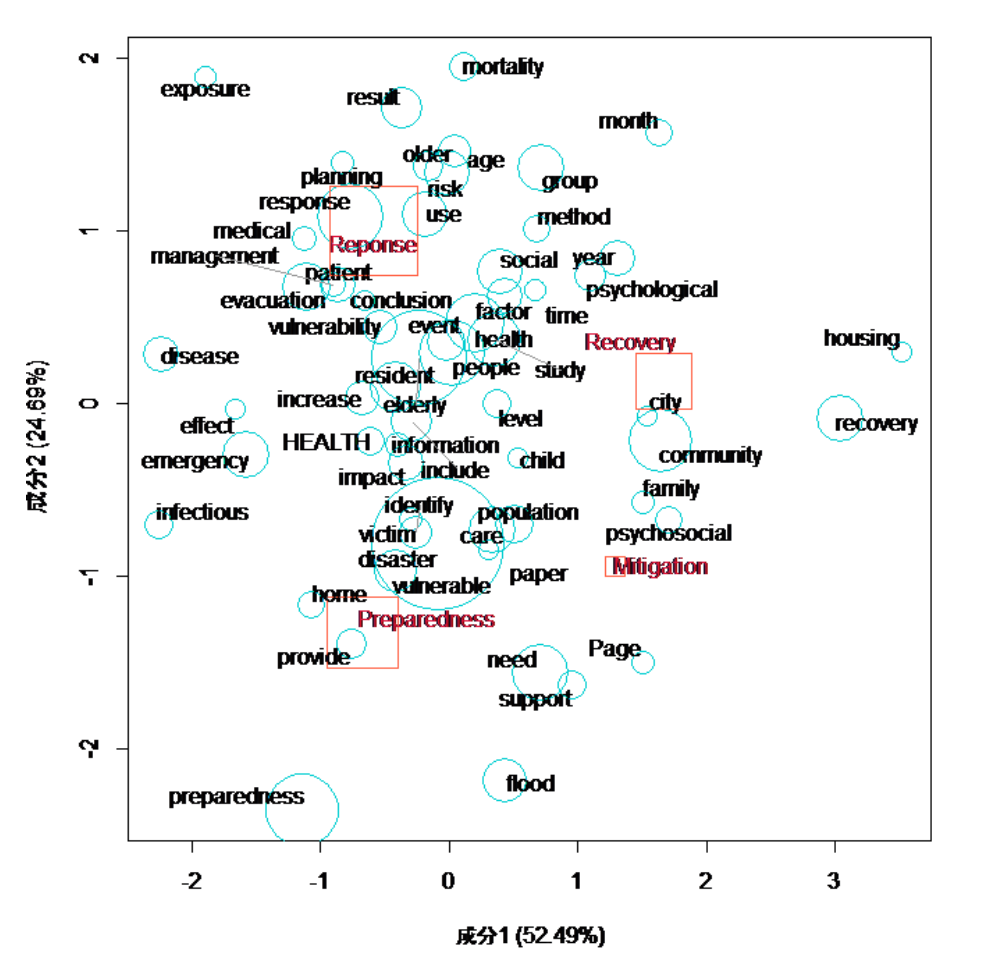The 1993 southwest-off Hokkaido earthquake hit okushiri island severely. The number of casualties was 165. Okushiri town had faced population-decreasing and aging issues before the disaster. After the disaster, Okushiri town had a lot of aids, especially from inside of Japan. Japan had a very good economy at that time, so the situations enabled them to have such huge aids. Even though the large economic assistance, the town’s demographic tendency before the disaster was facilitated. total population is from 4,604 (1990) to 2,662 (2015), and the aging proportion over 65 is from 15.6% (1990) to 38.6% (2015)*.
Below is the graph, which indicates the demographic changes on the island.

Some disaster recovery theories can be referred to explain this tendency clearly We should learn from this lesson to consider for our common sustainable futures.
*Day_43
https://disasterresearchnotes.site/archives/2510
[ad#ads1]




